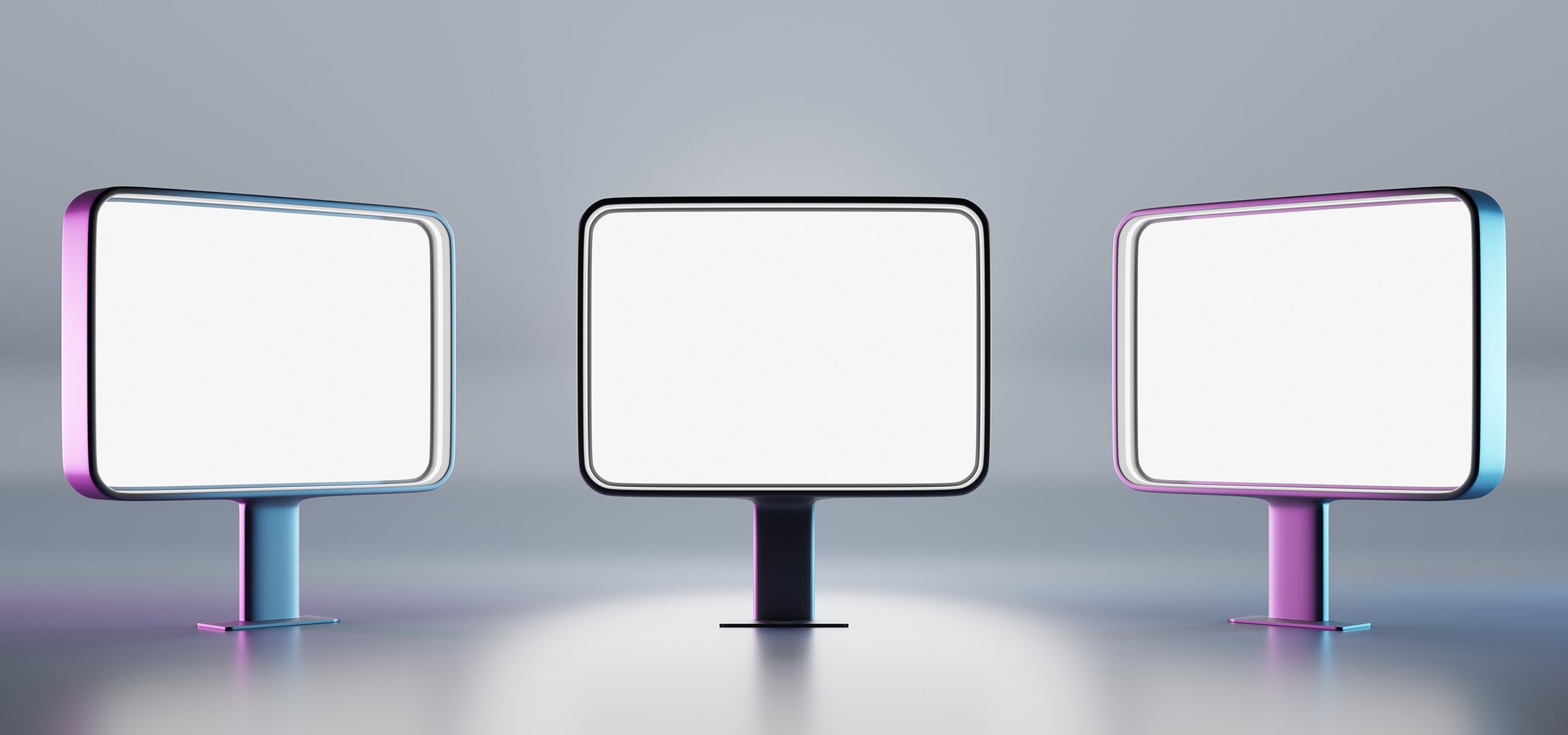Anti-Reflective Films vs. Anti-Glare Films: What’s the Difference?

Glare and reflections can significantly impact digital screens' visibility and user experience. Businesses and consumers often turn to touchscreen protection films to improve display clarity and reduce unwanted light interference. Two popular options are anti-reflective and anti-glare films, but they serve different purposes. Understanding their differences helps businesses choose the right solution for their needs.
What is an Anti-Reflective Film?
An anti-reflective film minimizes reflections by reducing the light that bounces off the screen. It enhances screen clarity by allowing more light to pass, improving contrast and visibility.
How it Works:The transparent anti-reflective film uses multiple layers to cancel out reflected light, significantly enhancing display sharpness.
Applications:Commonly used in industries where visibility is critical, such as medical displays, outdoor kiosks, automotive dashboards, and industrial control panels.
Benefits:- Reduces screen reflections in bright environments
- Improves contrast and readability
- Enhances display sharpness without distorting colors
What is an Anti-Glare Film?
An anti-glare film diffuses light to reduce the intensity of reflections. Unlike anti-reflective film, which eliminates reflections, anti-glare films scatter light to soften the effect of bright lights or sunlight on a screen.
How it Works:The film’s matte finish disrupts light reflection, preventing harsh glares from external light sources.
Applications:Widely used in smartphones, tablets, point-of-sale systems, and commercial displays where lighting conditions vary.
Benefits:- Reduces glare from direct light sources
- It makes screens more comfortable to view for long periods
- Protects against smudges and fingerprints
Key Differences Between Anti-Reflective and Anti-Glare Films
While both films improve screen visibility, their functions and applications differ significantly:
| Feature | Anti-Reflective Film | Anti-Glare Film |
|---|---|---|
| Function | Eliminates reflections by allowing more light to pass through | Diffuses light to minimize glare |
| Visibility | Increases screen clarity and contrast | Softens harsh reflections but may slightly reduce sharpness |
| Finish | Transparent with minimal texture | Matte finish with a slight texture |
| Best For | Outdoor displays, medical equipment, automotive screens | Smartphones, tablets, office monitors, retail displays |
| Impact on Image Quality | Enhances clarity with minimal distortion | It can slightly reduce display sharpness |
Which Film Should You Choose?
The right choice depends on where and how the display will be used.
Choose an Anti-Reflective Film If:- You need transparent anti-reflective film for high-definition screens.
- Your display is used outdoors or in bright conditions.
- Image sharpness and contrast are crucial.
- Your screen is used in environments with frequent light changes.
- You want protection against fingerprints and smudges.
- A matte finish is preferred for ease of reading.
Anti-reflective and anti-glare films offer touchscreen protection film solutions that improve screen visibility. The best option depends on the specific use case. Transparent anti-reflective films provide maximum clarity and are ideal for professional applications, while anti-glare films reduce harsh reflections and offer a comfortable viewing experience for everyday devices. Need help choosing the right screen protection? Contact us today to find the best solution for your needs!
Recent Blogs
-
April 03, 2025





